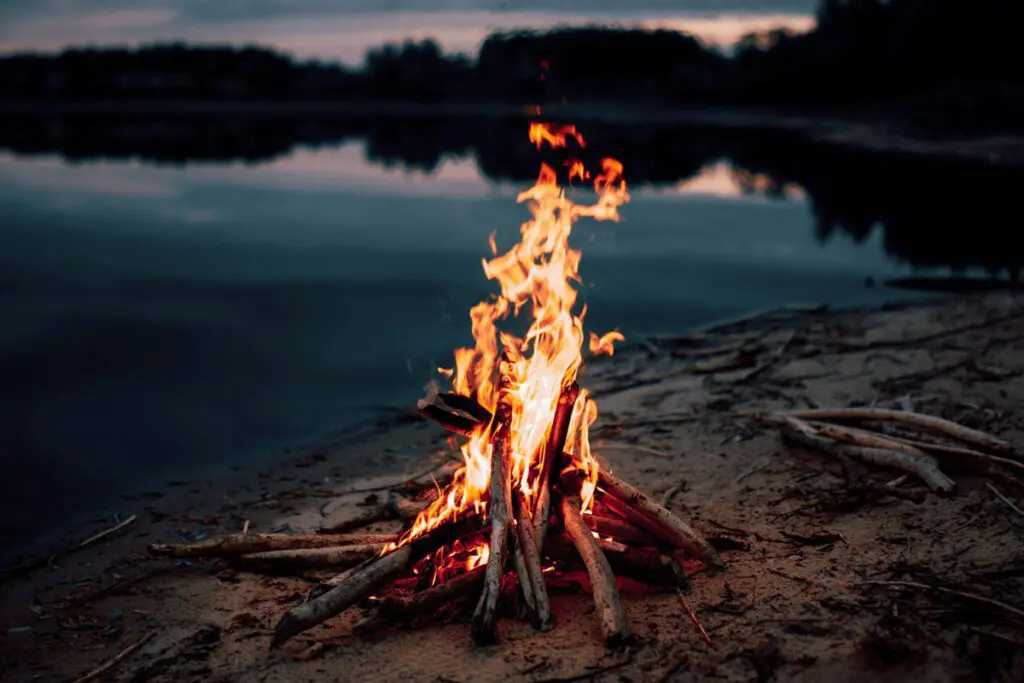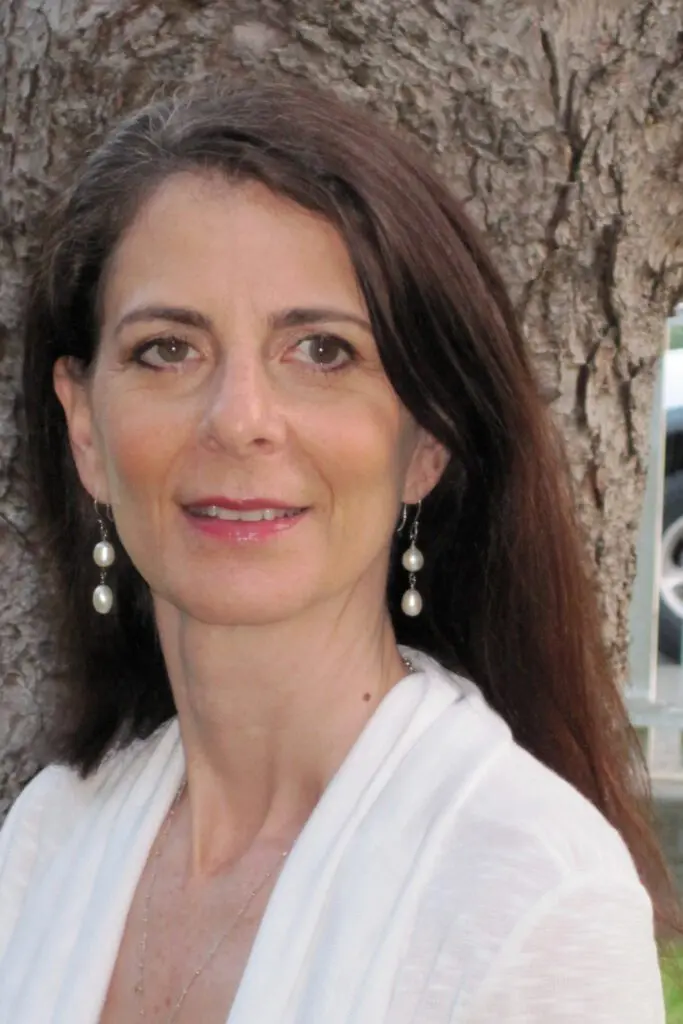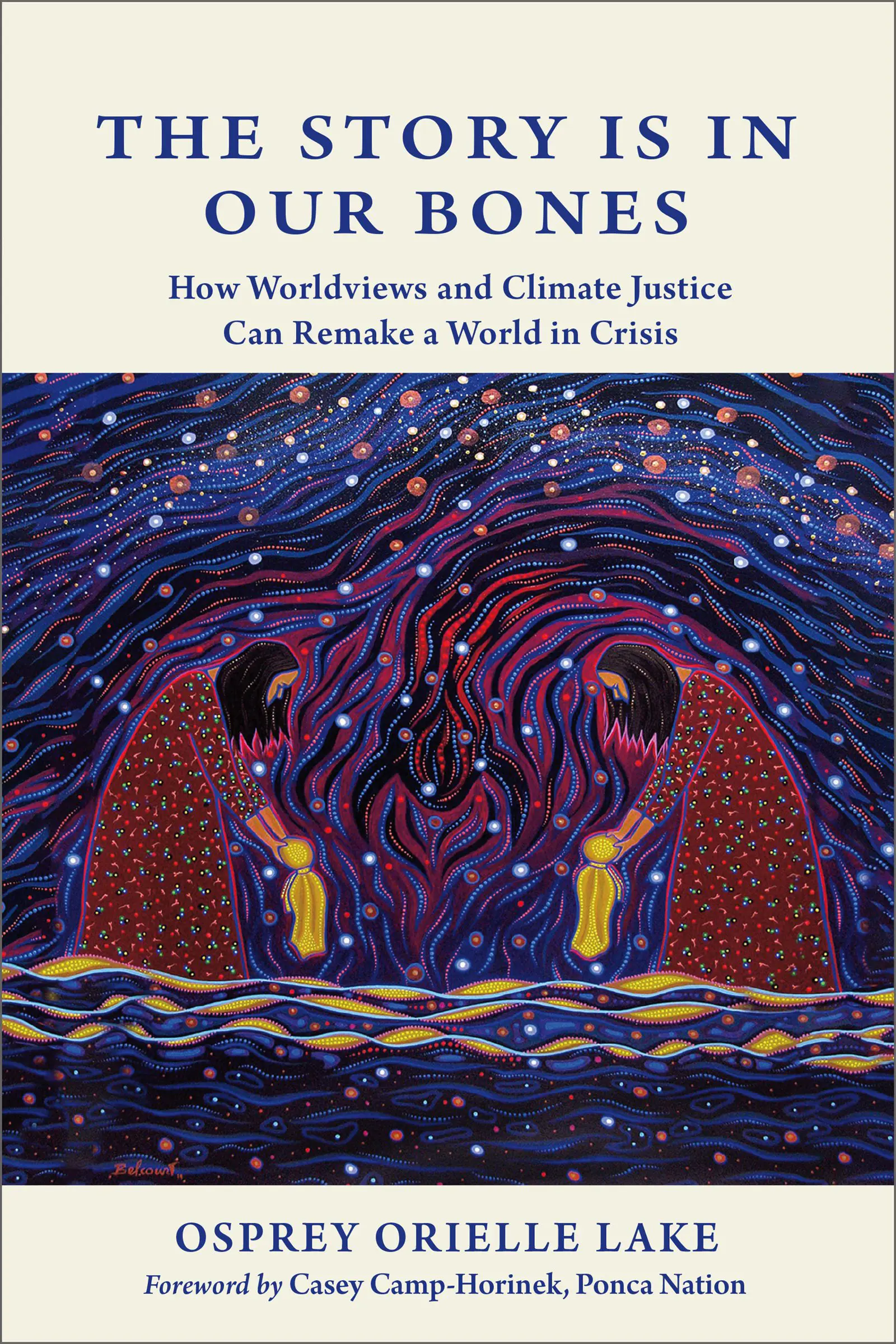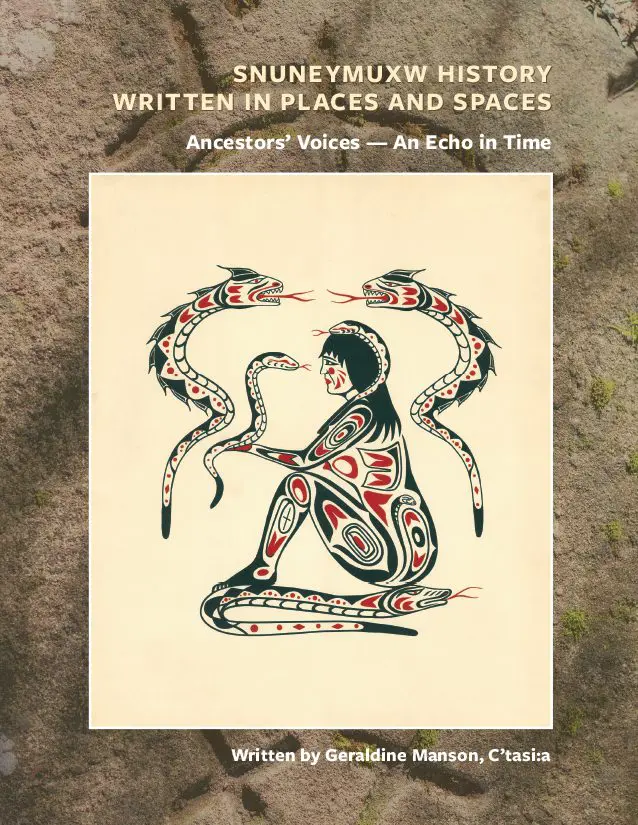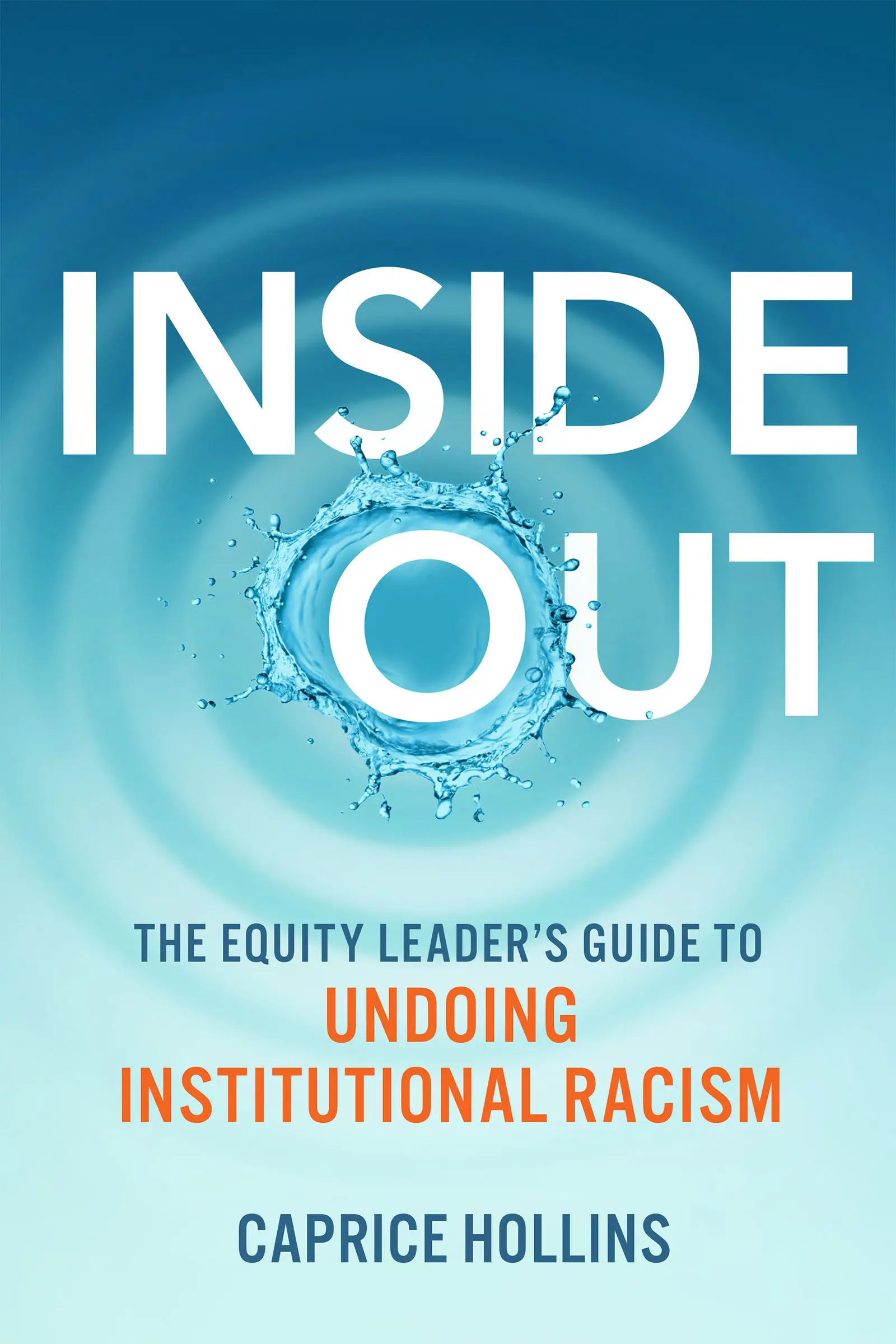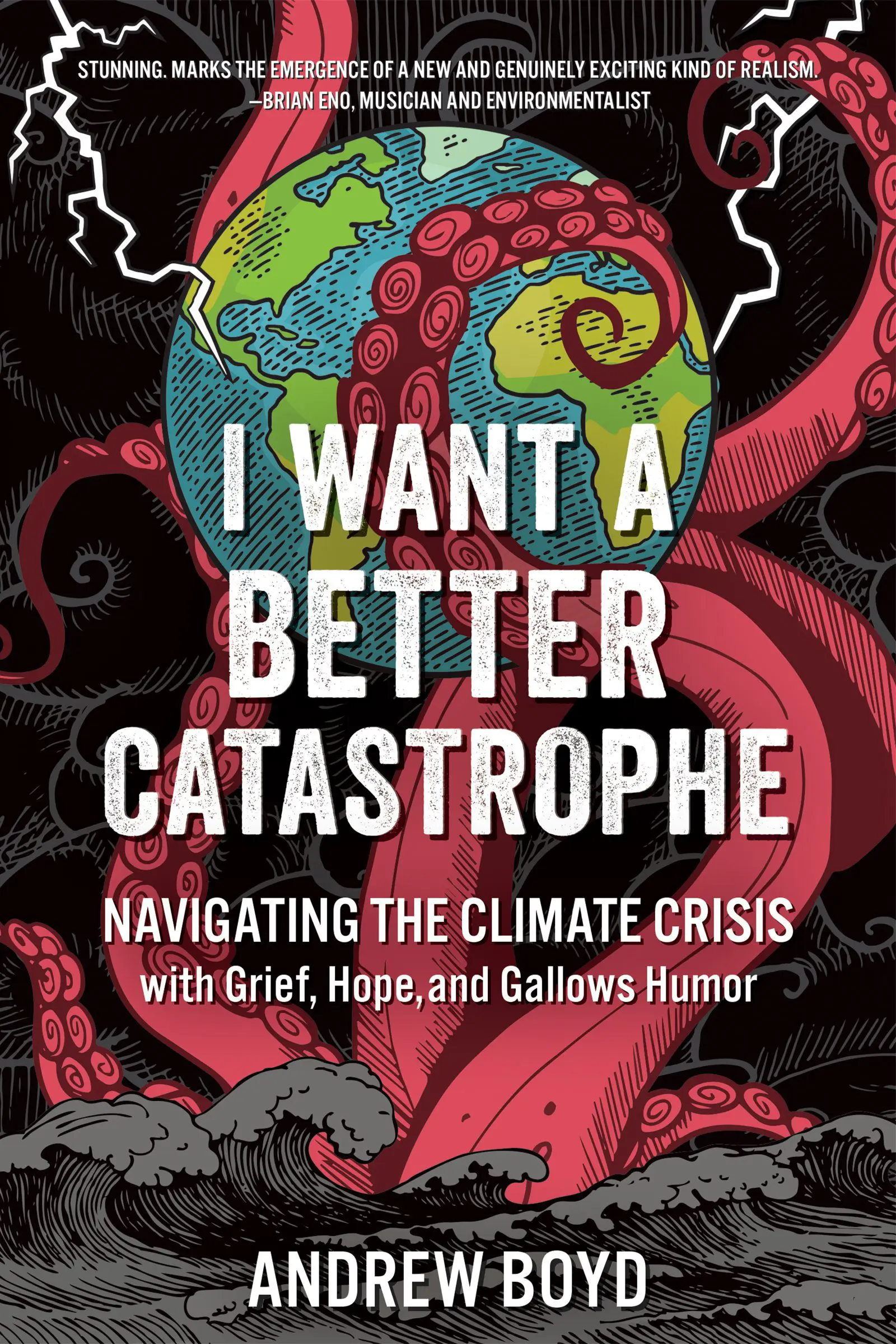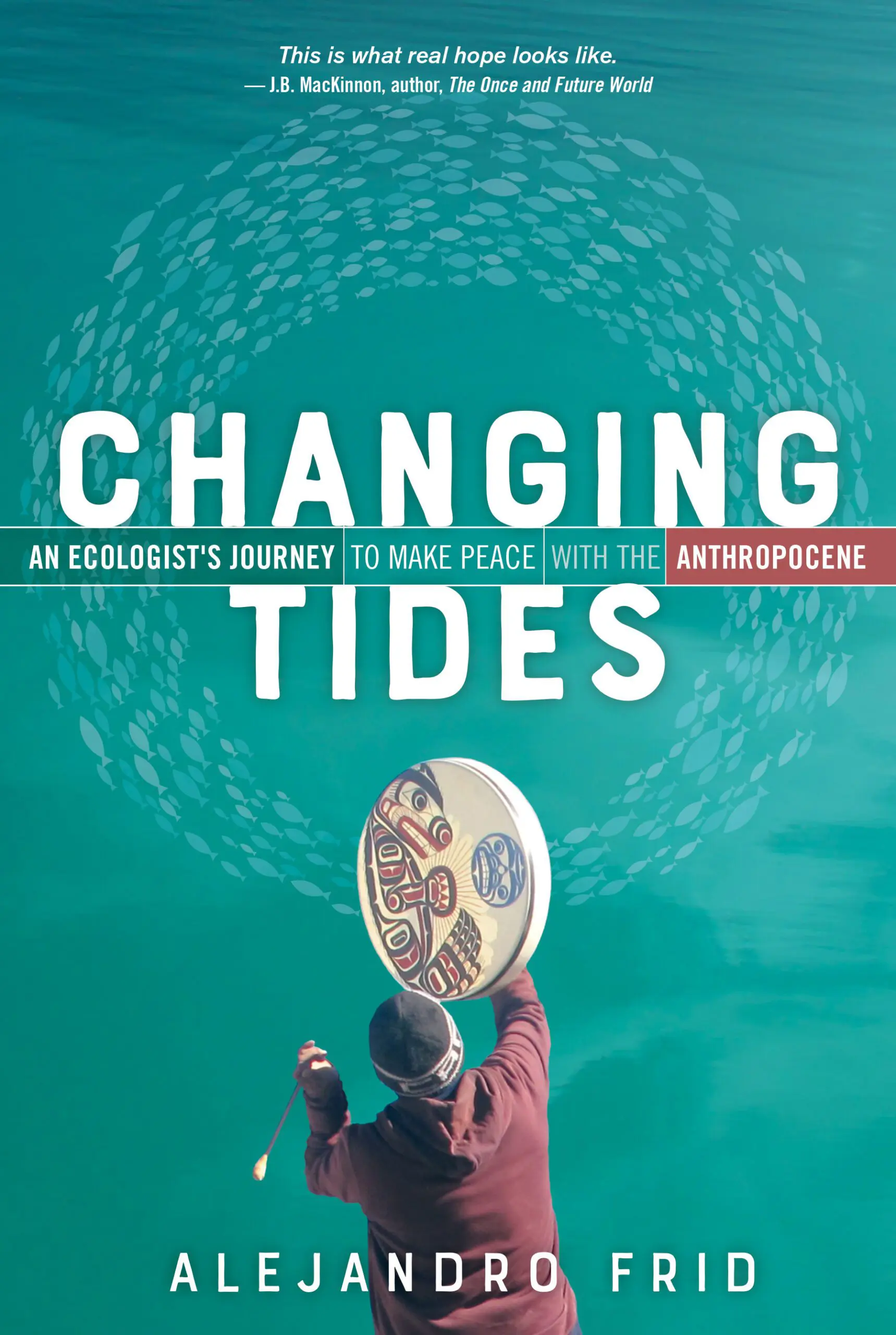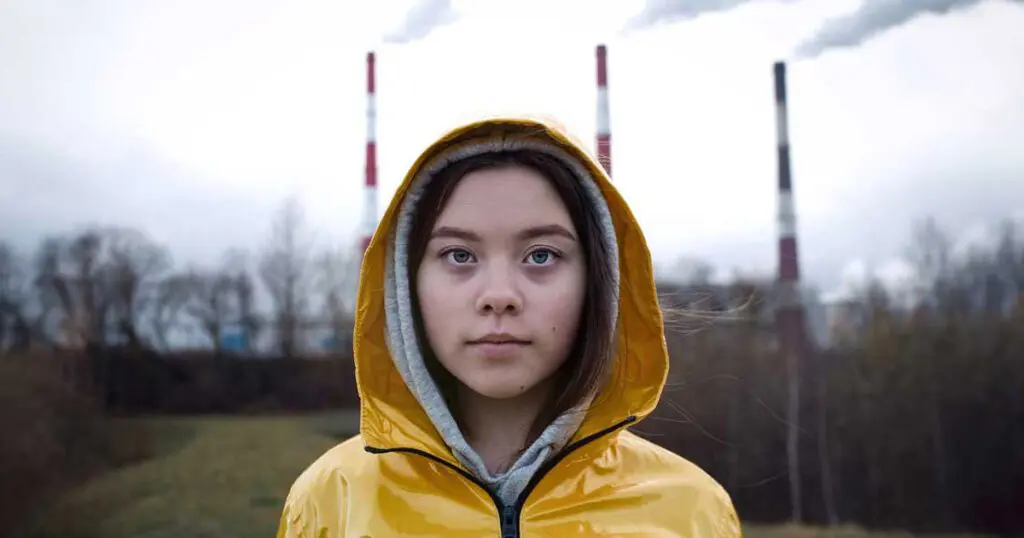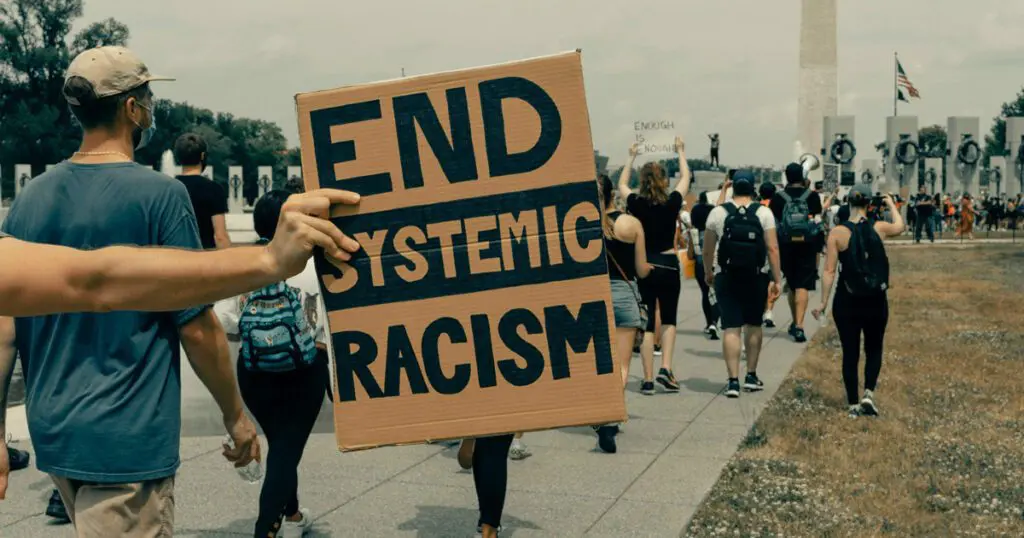
For many of us in North America, the thought of fire season is far away — a problem for the summer. However, for Osprey Orielle Lake, the memory of the 2018 Camp Fire is never far and it represents several of the overwhelming results of the much wider climate crisis. In this excerpt from The Story Is In Our Bones: How Worldviews and Climate Justice Can Remake a World in Crisis, Osprey outlines how fire management has been reflected in several Indigenous stories across the globe, and how we might learn from and consider adopting those mindsets to better our relationship with both fire and forests moving forward.
Is it possible to undo the doing?
To reverse some of the destruction the dominant culture has inflicted upon the planet, we must radically change the way we live on the land we inhabit. We can learn much from those who have lived in balance with the natural world for tens of thousands of years and who hold a non-colonial worldview and reciprocal relationship with nature—Indigenous Peoples. Which brings us back to the 2018 Camp Fire. This inferno, like many others, happened because of extreme and ongoing drought resulting from human-induced climate disruption; however, some of the fires could have been prevented, or their scope significantly reduced, if those in charge had understood and respected Indigenous methodologies and Traditional Ecological Knowledge (TEK) of forest ecology practices.
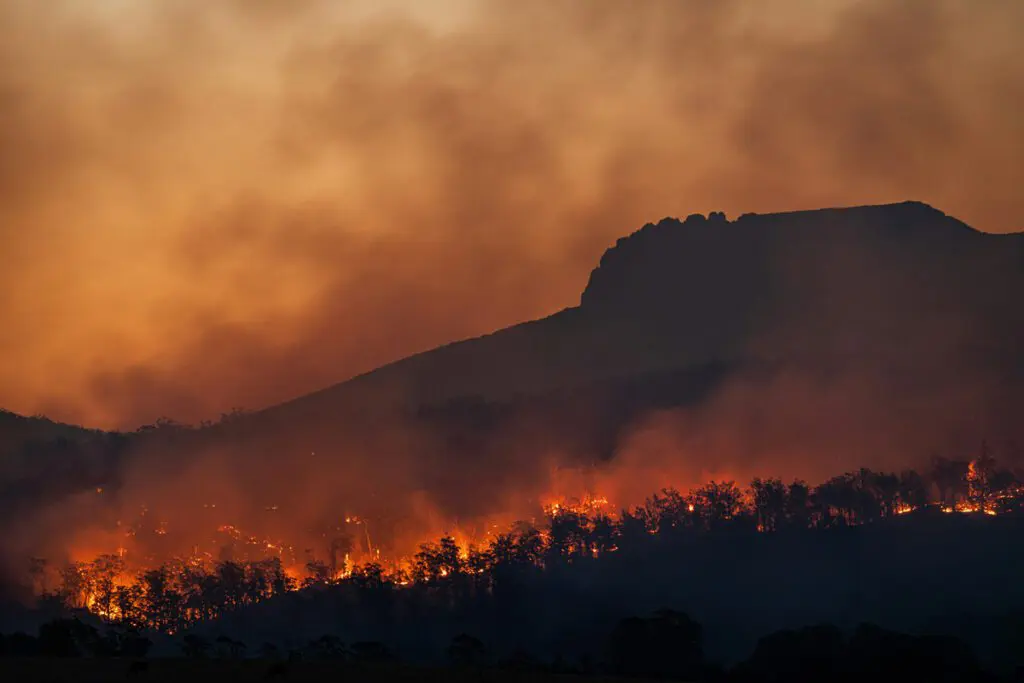
Tribes across California regularly set controlled fires, which kept the land from cataclysmic wildfires fueled by dense, accumulated undergrowth. These intentional fires also perpetuated beneficial grasslands by clearing shrubs that proliferate in the absence of fire, and these areas were then seeded with desired plants. Fire was also a tool used by Indigenous Peoples to support many species of native plants that require fire for germination.

Due to persistent efforts by Indigenous Peoples, even in the face of colonial land development, these fire practices continue to this day. In my corner of the world, for thousands of years, the Karuk Tribe has applied practices of ancient technologies in what we now call agroforestry, which integrates preferred plants and animals into native forests and grasslands. Prescribed controlled burning is central to this Karuk forest practice, which nurtures and increases the growth of acorns and medicinal herbs as well as plants used in basket-making. This healthy forest ecology in turn supports the proliferation of salmon, deer, elk, and many other forest animals. Indigenous communities worldwide engage in these forest practices, and this knowledge can teach us a great deal about contributing to the living sacred landscape as life-enhancing, beneficial participants in a thriving ecology.
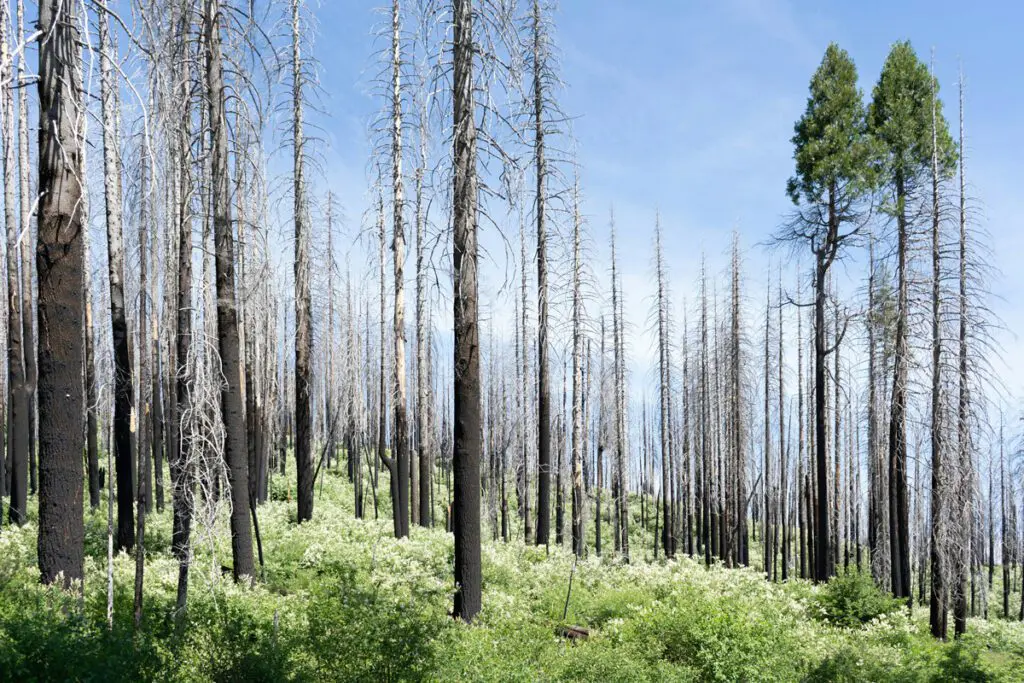
Given the rapidly heating planet and increased conflagrations, I seek to further understand our historical relationship to fire—in the broadest sense of this element from a small flame to the sun’s nuclear fusion and light. I recall again the wisdom of Sankofa in reminding us to look to our past to guide our way forward. For this, I turn to the fire knowledge in stories that have been passed on through the generations, stories that reflect the worldviews and knowledge-sharing practices of Indigenous Peoples and of pre-colonial, pre-patriarchal ancestors of the dominant Culture.
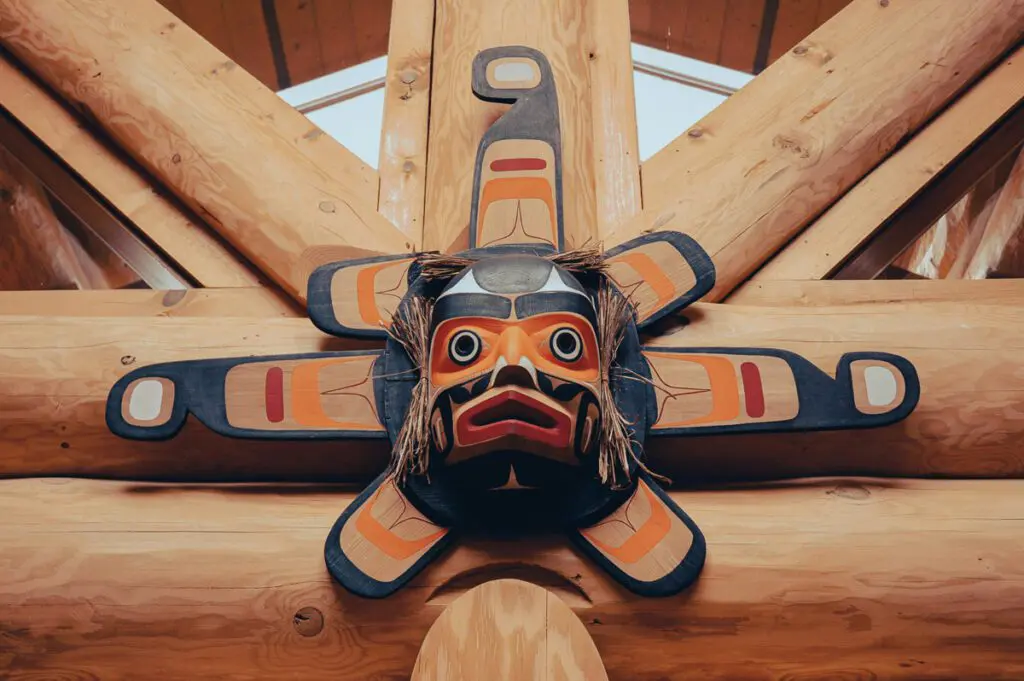
Modern humans have been around for some two hundred thousand years, but only in the past two hundred years has a portion of humanity consumed vast amounts of the ancient sunlight stored for millions of years in the form of oil, coal, and natural gas—fossil fuels.18 I say “a portion of humanity” because, although we all share the same ultimate fate in the unfolding climate crisis, the unjust fact remains that those who have used very little fossil fuels are the communities being impacted first and worst. In less than one hundred years, this huge energy consumption by wealthier, industrialized countries has led to the disastrous climate disruptions we are now experiencing.

During the ongoing California fire seasons, some of the old-time stories about how fire originally came to people have taken on new meaning for me. I have begun to viscerally understand the universal warnings encoded in these fire tales and teachings passed on through generations. The essence of fire is transformation, a phenomenon that has captivated humans since we have interacted with this element. In the introduction to his book The Psychoanalysis of Fire, French philosopher Gaston Bachelard writes, “If all that changes slowly may be explained by life, all that changes quickly is explained by fire.”
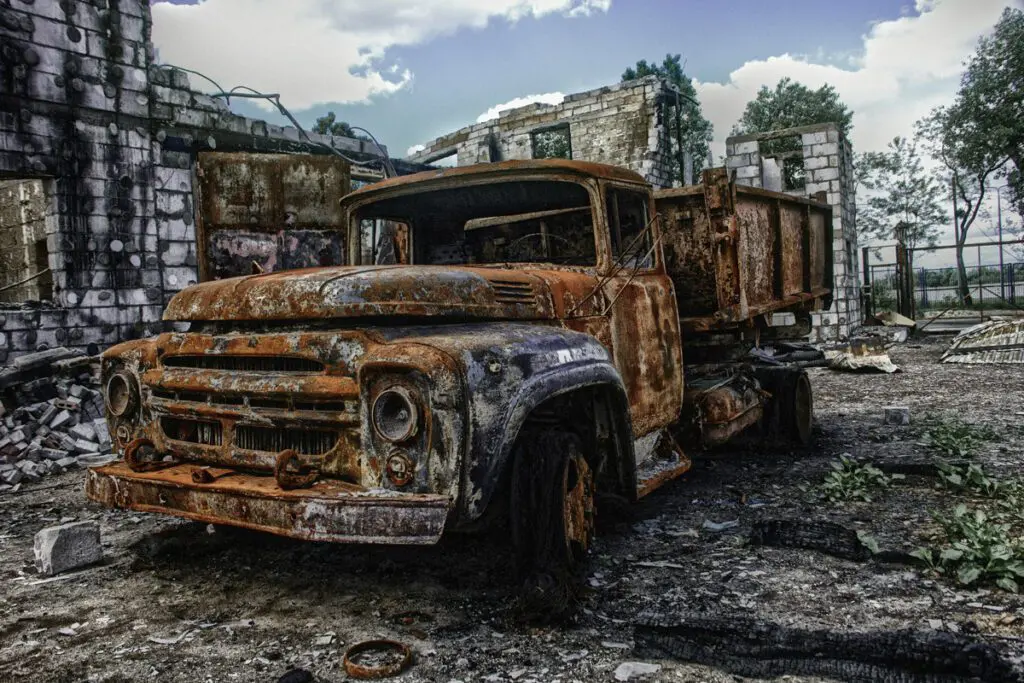
Our multifaceted, sacred, and distinctive relationship with fire appears to be fairly universal. When we turn to the many fire origin stories and myths from cultures around the world, we find that often they impart a warning of sorts. Many of them express outright that fire is not freely given—it must be stolen. Significantly, this is not true for the other elements of life: water, air, and earth. In the old mythologies, none of these are purloined. In his book Myths of the Origin of Fire, social anthropologist James Frazer relates how fire-bringers are often legendary cultural figures—animal or human—who steal the original flame and offer it to the people.

The Andaman Islanders in the Bay of Bengal tell of how Kingfisher stole fire from a magical creature called a Bilik. When Kingfisher was caught in the act of pilfering the flame to deliver to his people, the Bilik threw a fire-brand, hitting Kingfisher on the back of his neck. Bright red feathers on the bird’s neck still mark the spot today.
Several Indigenous Peoples from Victoria, Australia, tell of how a Fire-tail Wren or Finch brought the original fire to the people. The small red-tailed bird stole it from the sky or, as is sometimes told, from the Crows.
There are numerous Native American stories in which Coyote cleverly snatches the fire from the Sun or other source, but the thief can also be a trickster in the form of a Turtle, Raven, Frog, or Fox who slyly makes off with the flame.
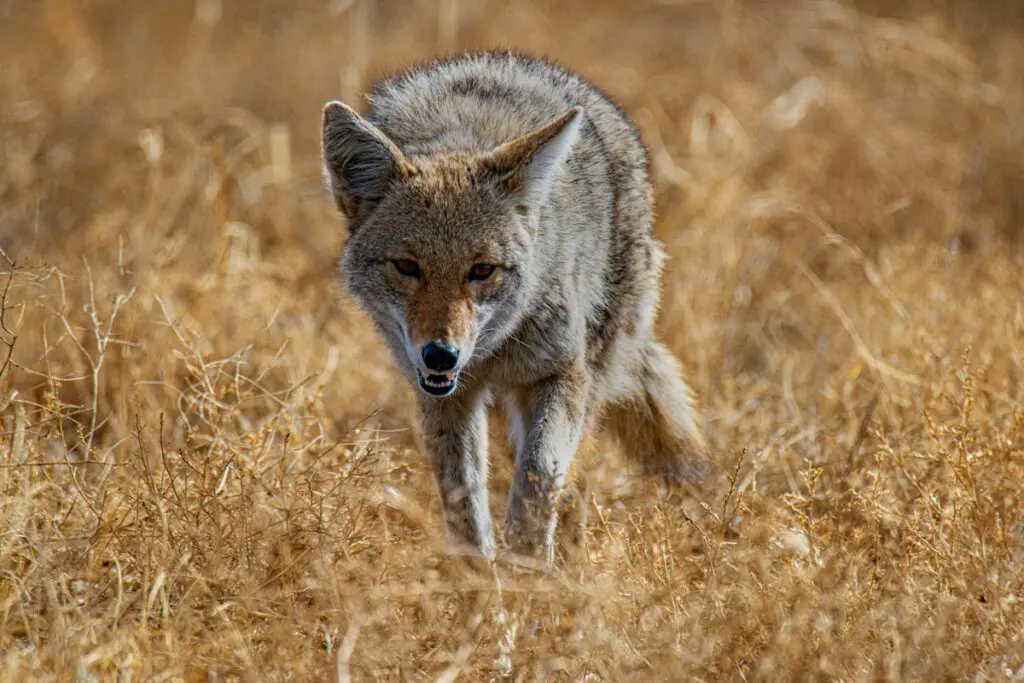
In South Africa, the native San report that Ostrich held an ember under a wing until Praying Mantis stole it and gave it to the people.
Indigenous Peoples living along the Amazon River basin in Brazil convey a story about a boy rescued by Jaguar. The boy learned how Jaguar cooked food over the fire and then appropriated a hot coal for his people so that they, too, could cook their food.
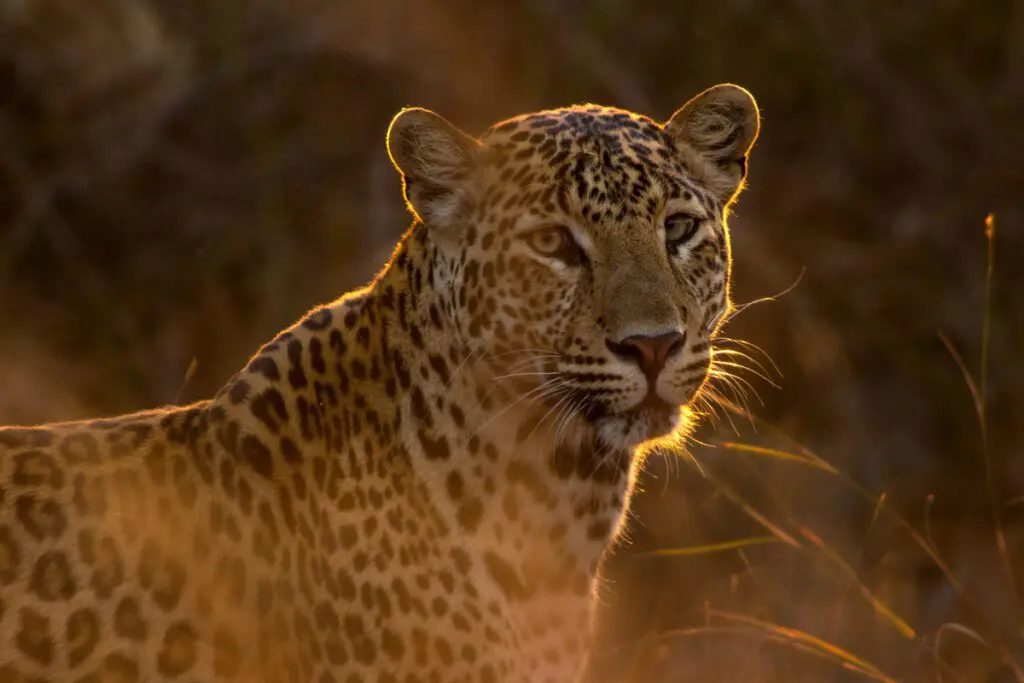
In Coast Miwok stories, Coyote sent Koo-loo’-pis, the swift and tiny Hummingbird, to steal fire from the Sun and bring it back for humans. Brave Hummingbird returned from a perilous journey with a spark tucked beneath her chin. The ember was then placed in the California buckeye tree by Coyote, where it can be reignited with the spinning of a hand drill.

There is the Greek mythology of Prometheus, the hero who steals fire from the Gods for human use and creativity. Zeus had decided to withhold fire, but Prometheus, in his fondness for humans, stole it and delivered it to them, hidden inside a fennel stalk. The myth goes on to relay that Prometheus, chained to a rock, was to be eternally punished for his deed by an Eagle who eats his liver each day, only for it to regenerate each night; In some accounts, he is eventually freed by Heracles.
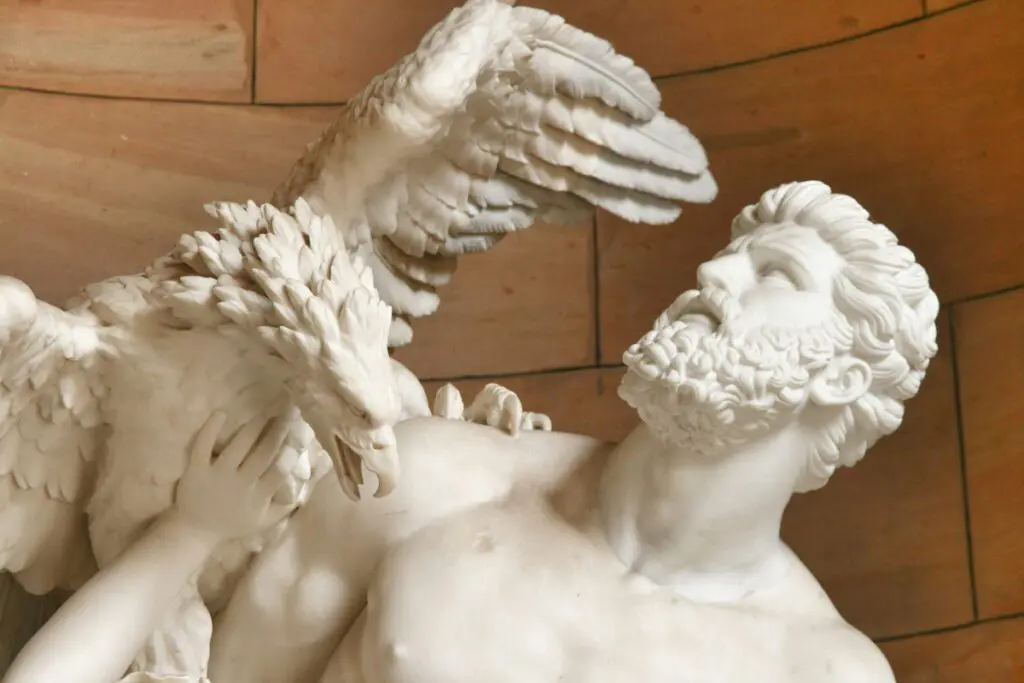
Unlike the life-giving offerings of water, air, and earth, fire most often has to be consciously made. There is choice involved in how and when to use the fire technology. While indeed, fire can be “found” when lightning ignites a tree, this is not an occurrence we can rely on for our daily needs.

That the flame is not freely given can also warn us that fire is a double- edged sword: it allows us many comforts while also giving us the power to harm ourselves, others, and the natural world in which we live. Fire enables us to change the world for good and for ill; the way we wield it has a tremendous impact on the natural environment. And here, again, I mean fire in the broadest sense, including all that comes from this element through energy production and the use of energy. The old stories indicate an unusual relationship—fire has to be stolen because the guardians of the flame are not sure that humans should possess it or can control it. If we are to have it, we need to understand that fire is a hard-won prize, and we need to make an adequate exchange for its use; otherwise, it is a theft with serious consequences. Clearly, the dominant culture has not made the proper offering in return, nor learned how to use fire and its innate energy responsibly.
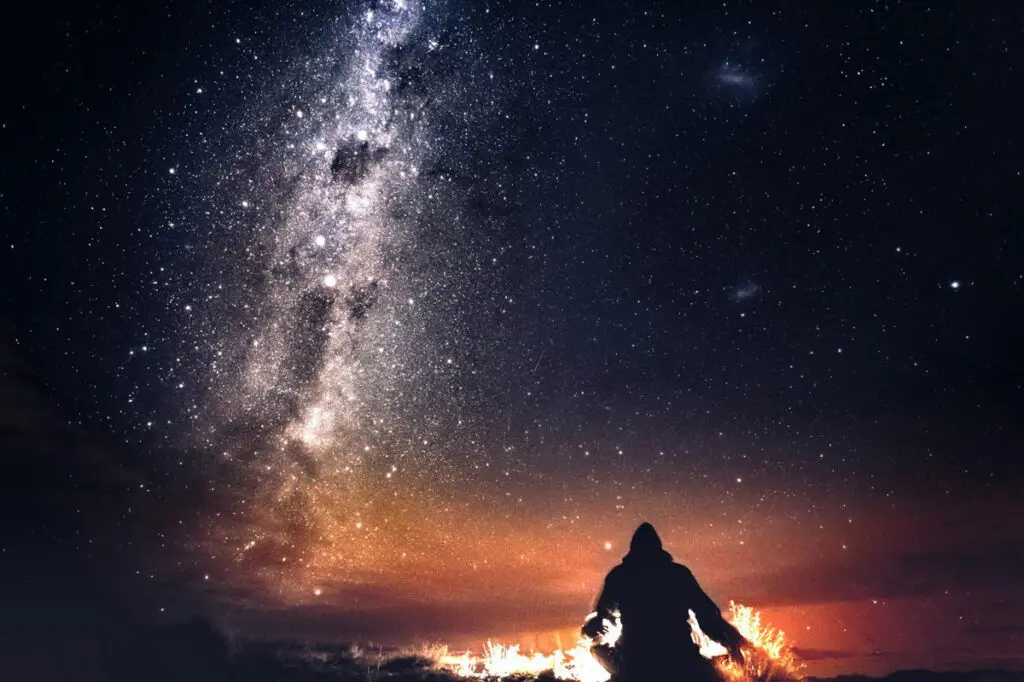
I am not suggesting that we should not have fire and the energy it generates. We are all the better for fire’s gifts, and our very humanity and evolution as a species in part depend upon our relationship to fire. Rather, the point is that fire is all at once a costly, beneficent, and dangerous gift, and it requires an enormous amount of reciprocity, maturity, and discipline to use it in a sustainable and balanced way.
